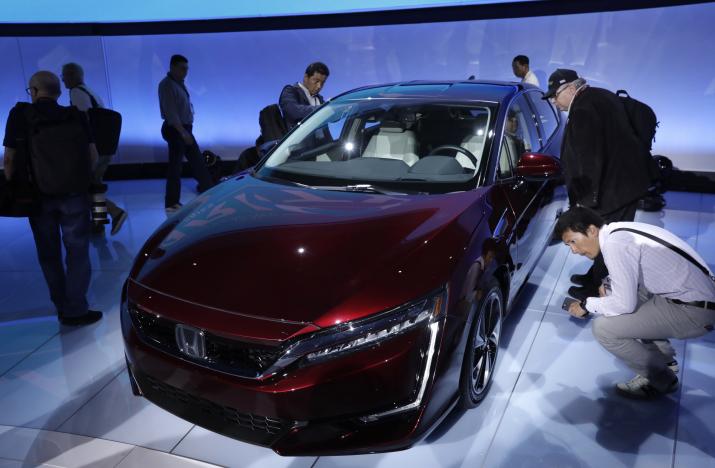
The atmosphere was electrified in the headquarters of Tesla on the battery day held on September 22 as expectations were high that perhaps their charismatic CEO Elon Musk had found a secret recipe to make cheaper, reliable and safest batteries.
So far, the company’s stock has surged 10 times in a span of just one year and is now trading at $600 after split with price-to-earnings ratio of 1,280. (Yes, there is no typo).
However, what we learnt in the event broadcast live were lots of futuristic plans ranging from making a million-mile battery to even mining the very raw material but nothing substantial enough to justify the eye-popping valuation of the Tesla stock.
But there is nothing particularly surprising about this single event as the whole history of electric vehicles (EVs) is about various futuristic plans so far mostly fuelled by government subsidies and tax rebates.
The EV space is definitely expanding but it is very important to carefully evaluate what worked and what didn’t before joining the bandwagon.
Recently, Minister for Industries and Production Hammad Azhar presented a draft EV policy to the National Assembly Standing Committee on Industries and Production. The plan includes waiving 50% of taxes applicable to the production of 1,800cc electric and hybrid cars and around 25% tax reduction for cars having engine capacity of more than 1,800cc besides waiving the registration and annual renewal fee.
That sounds ambitious but is it enough to create a market for EVs in the country where there is no urgency to do something about the rising carbon footprint or bringing green revolution?
Also, the minister was not in favour of giving a subsidy, which is a general no-no as we may have to negotiate for resetting the International Monetary Fund (IMF) loan programme soon.
If we look at the EV space globally, then the only country where EV sales have stood their ground firmly (of course with heavy subsidies) against the conventional combustible engine vehicles is Norway. The carefully crafted carrot-and-stick approach of heavily subsidising EV purchase and increasing carbon taxes has helped in creating a very thriving space for both the manufacturer and end-user.
Across the Atlantic in the US, the state of California is appearing as a bright spot where the federal government subsidy on the sale of initial 200,000 cars, backed by additional subsidies by the state of California, has made it a frontrunner among other states in terms of EV growth.
Both General Motors and Tesla have already crossed the 200,000 threshold and with falling demand during the pandemic, it is yet to see how the companies maintain the momentum with reduced subsidies.
The EV revolution is something which cannot be triggered with a single policy and it needs a paradigm shift in the existing labour and investment-intensive automobile industry with a complete supply chain involving many vendors and original equipment manufacturers (OEMs).
The EV policy should also address how we are planning to replace a complete ecosystem built around the conventional internal combustion engine with battery, motor and electrical systems.
As per the EV industry statistics, the key to success lies in innovating and optimising the battery pack, which comprises 50% of the cost, and hence the battery day organised by Tesla was the most talked about event in the EV space.
Fortunately, the battery manufacturing space is totally dominated by Asia, where China’s Contemporary Amperex Technology (CATL), Japan’s Panasonic Corp and South Korea’s LG Chem are leading the pack. Three Korean companies (LG, Samsung and SK) together are controlling half the share of global EV battery manufacturing market.
If, besides efforts of the Ministry of Industries and Production, the Ministry of Science and Technology focuses on research and development of batteries and storage technology in collaboration with these Chinese and Korean giants, then we may find a cost-effective solution, which may power up our dream of not just manufacturing EVs but also help us leap forward in other sectors such as mobile phone and laptop manufacturing.
The writer is a financial market enthusiast and attached to Pakistan’s stocks, commodities and emerging technology
Published in The Express Tribune, December 14th, 2020.
Like Business on Facebook, follow @TribuneBiz on Twitter to stay informed and join in the conversation.


















COMMENTS
Comments are moderated and generally will be posted if they are on-topic and not abusive.
For more information, please see our Comments FAQ